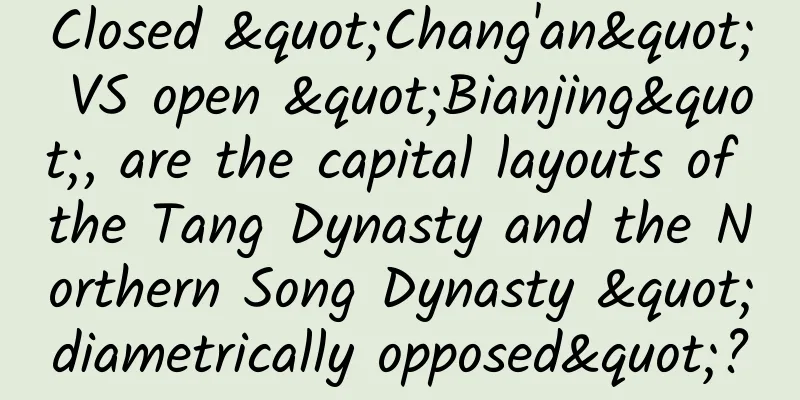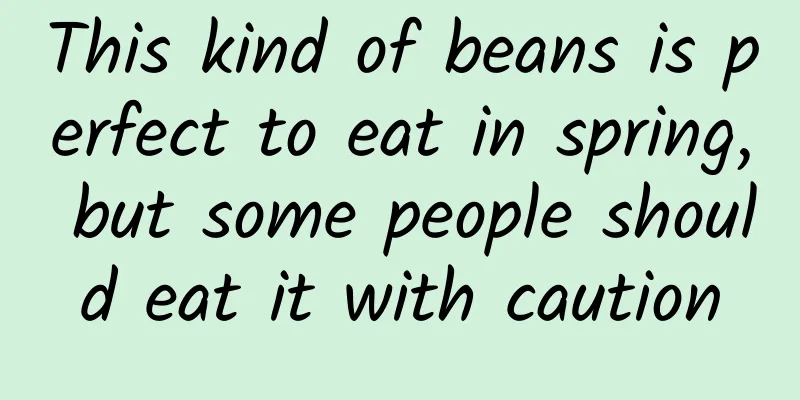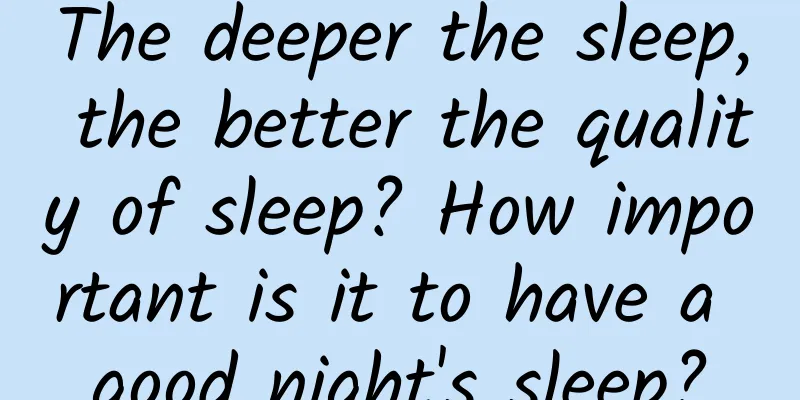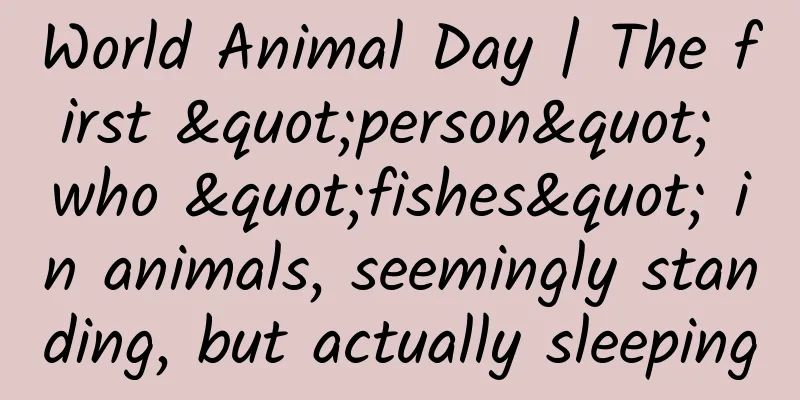Closed "Chang'an" VS open "Bianjing", are the capital layouts of the Tang Dynasty and the Northern Song Dynasty "diametrically opposed"?

|
In the slave society and the early feudal society, the development of ancient Chinese cities was more political than economic, and was mainly closed, with the most typical layout being the Lifang system. With the development of the urban economy, the open streets and alleys with a strong commercial atmosphere gradually replaced the Lifang system. Chang'an City in the Sui and Tang Dynasties and Dongjing, the capital of the Northern Song Dynasty, are typical representatives of these two layouts. Neatly closed neighborhoods Lifang is the basic unit of residential organization in ancient China. In the pre-Qin period, it was called li, lu or luli. The character "li" is composed of "tian" and "tu", indicating that it was originally attached to farmland. After the emergence of cities, "li" became the form of urban residents' settlement, which is actually a continuation of agricultural land division. The term "fang" appeared in the Northern Wei Dynasty. In the Sui and Tang Dynasties, the name of the inner city was changed to "fang" and the suburban area was changed to "li". The plane of the li was generally square or rectangular, surrounded by walls, with gates for entry and exit. Residential houses were arranged in the li, and the streets between the li were straight. The whole city was divided and a curfew was implemented, which was convenient for governance. The chessboard-like city of Chang'an China's lifang system of cities had been formed by the Spring and Autumn Period and the Warring States Period at the latest. It reached its peak from the Western Han Dynasty to the Tang Dynasty, and the Tang Dynasty's Chang'an City is regarded as the most mature example of the lifang system. The most significant feature of Chang'an City's layout is its neat geometric symmetry, like a giant Go board. The city is surrounded by square walls, and the entire city consists of three parts: the outer city, the palace city, and the imperial city. The outer city is nearly square in shape, with a slightly greater width from east to west than from north to south. The center of the city near the north wall is the palace city, the south is the imperial city, and the rest of the city has 14 east-west streets and 11 north-south streets. The two sides are symmetrical, dividing the outer city into several neatly arranged squares, most of which are residential areas, called fang; some are commercial areas, called shi. There are several arguments in the academic community about the number of fang, 110, 109, and 108, and there are two shis, east and west. Each block is surrounded by walls on all four sides and is a relatively closed neighborhood. Only important government offices, temples, and mansions can open doors on the block walls facing the main street. Therefore, on both sides of the main street, one can only see the block gates, blocks walls, roadside trees and a small number of palaces, temples, and mansions. Residents of ordinary houses can only enter and exit through fixed block gates. The size of the Fangs varied. The smaller Fangs were located in the south of the imperial city and had only two gates, east and west. The rest of the Fangs had four gates, east, south, west, and north. There was a road between the two opposite Fang gates, which was the main street in the Fang. The big block with four gates is two cross streets that intersect each other, dividing the block into four areas, and the small block with two gates is an east-west cross street. In each small area, there are narrower cross streets, called alleys or curves. In this way, a big block is subdivided into multiple residential areas, and the residents' houses are distributed in various residential areas. In addition to residential areas, there are also some functional blocks, such as the government agencies at that time were concentrated in Guangde Block. The population of Chang'an City was mainly concentrated in the north of the city, especially around the East and West Markets. Due to the implementation of the "separate residence system for the four classes of people (scholars, farmers, workers, and merchants)", residents of different identities were arranged to live in different blocks. The blocks around the East Market were mostly occupied by officials and nobles, while ordinary merchants, especially Western Hu merchants, were mostly concentrated around the West Market. In addition to luxurious residences in the city, officials and nobles also built villas in scenic areas outside the city. The most concentrated area of villas is along the Fanchuan line in the south of the city, followed by the Ba and Chan rivers in the east of the city and Wangchuan near Lantian. Wang Wei's "Wangchuan Villa" is located in one of them. Night curfew control for the separation of the city and the neighborhood The curfew system was matched with the Fangshi system. Every night, as the street drums in Chang'an sounded, the city gates and Fang gates would be closed at the same time. All residents were confined to their respective Fangs, and pedestrians were forbidden to go out on the streets, otherwise they would be considered "breaking the curfew". At 2 a.m., drums would be heard from the inner city, and the street drums would be sounded one after another to open the gates, and people could go out on the streets. The city and the market are managed separately. No one lives in the city, and no shop is set up in the city. Residents in the city are not allowed to open shops without permission. If they want to buy things, they can only go to the east and west markets. The city is also a closed space surrounded by high walls. Transactions gather and disperse at certain times. "At noon, the drums are beaten 300 times and the crowds gather. Seven quarters before sunset, the gongs are beaten 300 times and the crowds disperse." Shops in the city are divided by the types of goods and arranged in designated locations. Even the prices of general merchandise in the city are determined by the government. There were two gates on each side of the two markets, and the streets in the city were in the shape of a "well". There were many shops in the two markets, and there were many kinds of goods. For example, the business categories in the East Market were divided into 220 lines, and the West Market was more prosperous than the East Market. In addition to the East and West Markets, the Tang Dynasty also set up centralized trading places in other places in the city. For example, Emperor Gaozong of the Tang Dynasty set up "horse, cow and donkey shops" in Anshanfang in the south of the city and Dayefang in the south of it. Compared with the East Market and the West Market, it was called "Central Market". However, this area was sparsely populated and trading was inconvenient, so it was abolished soon. The Lifang system divides the city into grid-like spaces, with clear arrangements for each space, and combines time control to achieve complete and effective jurisdiction over the city. Lifang evolved into streets and alleys With the rapid development of urban commerce and handicrafts, the space for economic activities needed to be expanded and opened up. The centralized market model and the closed walls of the city blocks could no longer meet the needs of society. Since the middle and late Tang Dynasty, the phenomenon of building houses on the streets, opening shops in the city blocks, and breaking the night curfew has repeatedly appeared in the city. The rulers tried to restore the closed Lifang system, which triggered a fierce struggle between the government and the private sector. This closed layout and lifestyle were increasingly unable to adapt to the trend of development, and the rulers of the late Tang Dynasty and the Northern Song Dynasty also tacitly accepted this. After the middle of the Northern Song Dynasty, the government abolished the city curfew system and gradually demolished the city walls. The long-standing closed Lifang system ended and evolved into a street-alley system. Tokyo's open landscape The dissolution of the lifang system and the formation of the street and lane system broke the boundaries of time and space and brought about tremendous changes in the city's appearance and citizens' lives. Due to the obstruction of the city walls, the main and secondary roads in the Tang Dynasty were not continuous with the streets and alleys in the city, and the lives of citizens were restricted to the closed area. However, the boundaries of the city walls in Dongjing were broken down, the alleys could directly lead to the main roads, and the archways replaced the gates to divide the space, forming an open street market pattern. There are four cross-intersecting imperial roads running through the city. These main streets serve as the important axis and framework of the city. Combined with numerous secondary streets and alleys, the city's layout presents a hierarchical change, providing good accessibility for commercial activities, and being more suitable for exchanges between citizens. The social atmosphere is more active and the living environment is more free. Due to the reconstruction of the old city and the dense population, many central government agencies were arranged in the streets in front of the imperial city, forming a situation where officials and civilians lived together, and the segregation system of dividing residential areas according to identity no longer existed. The most notable feature of Tokyo's streets is the strong commercial atmosphere, where shops can be opened everywhere. Since the curfew has been abolished, market operations no longer need to be scheduled, and night markets have emerged. Regardless of rain, snow, or cloudy weather, shop vendors often open until the third watch, get up again at the fifth watch, or even all night long. At that time, the shape of Tokyo was the same as that of modern cities, with streets and alleys crisscrossing and extending in all directions. Citizens moved freely, and residences, shops, and workshops were all built along the streets. Shops, restaurants, and guesthouses all had eye-catching advertising signs. At night, the shops were open for business, and the lights and candles were shining, creating a bustling city street scene. |
<<: Make good use of the life-saving device AED and win the “golden 4 minutes”!
Recommend
Xiaomi's layoffs are understandable but unexpected
As the year draws to a close, Xiaomi announced la...
Domestic voice technology surpasses that of Europe and the United States. Foreign media collectively stated: China is rising!
Nowadays, most people in China talk about BAT com...
Is it possible to call 110 without a SIM card?
"Mobile phones have always had an emergency c...
Data Snake · Taobao's eight spiral gameplays, you can close your eyes and follow the eight spiral gameplays to do it directly and roughly.
Data Snake · Taobao's eight spiral gameplays,...
Advanced copywriting | Seven tips to help you write “interesting” copywriting
Third-rate copywriting is like cold boiled water,...
How to run a million dollar sales bootcamp?
Nowadays, it is not uncommon for us to achieve us...
When attracting new users through APP, don’t forget to use “old customers bringing in new customers”!
If your users are willing to help you promote , t...
5 formulas you must master for e-commerce operations
1. Sales formula Sales = impressions * click-throu...
Analysis of commonly used user acquisition strategies for online and offline platforms
This article mainly discusses the analysis of use...
1 billion views in 100 languages in 31 years, how does content giant TED operate?
TED, a non-profit organization founded in 1984, i...
Lao Na's "Taobao Gravitational Rubik's Cube System Course" allows you to master the low PPC and high ROI gameplay
Lao Na's "Taobao Gravitational Rubik'...
11 economic phenomena necessary for planning and promotion
Introduction: Starting from the essence and findi...
How does Starbucks build a membership growth system?
In the morning, I took the curriculum development...
"Sending away poverty" and "welcoming wealth" - how to correctly welcome the God of Wealth on the fifth day of the first lunar month?
The fifth day of the first lunar month is an impo...
This mountain looks so beautiful!
We always have a preference for mountains. Whethe...









